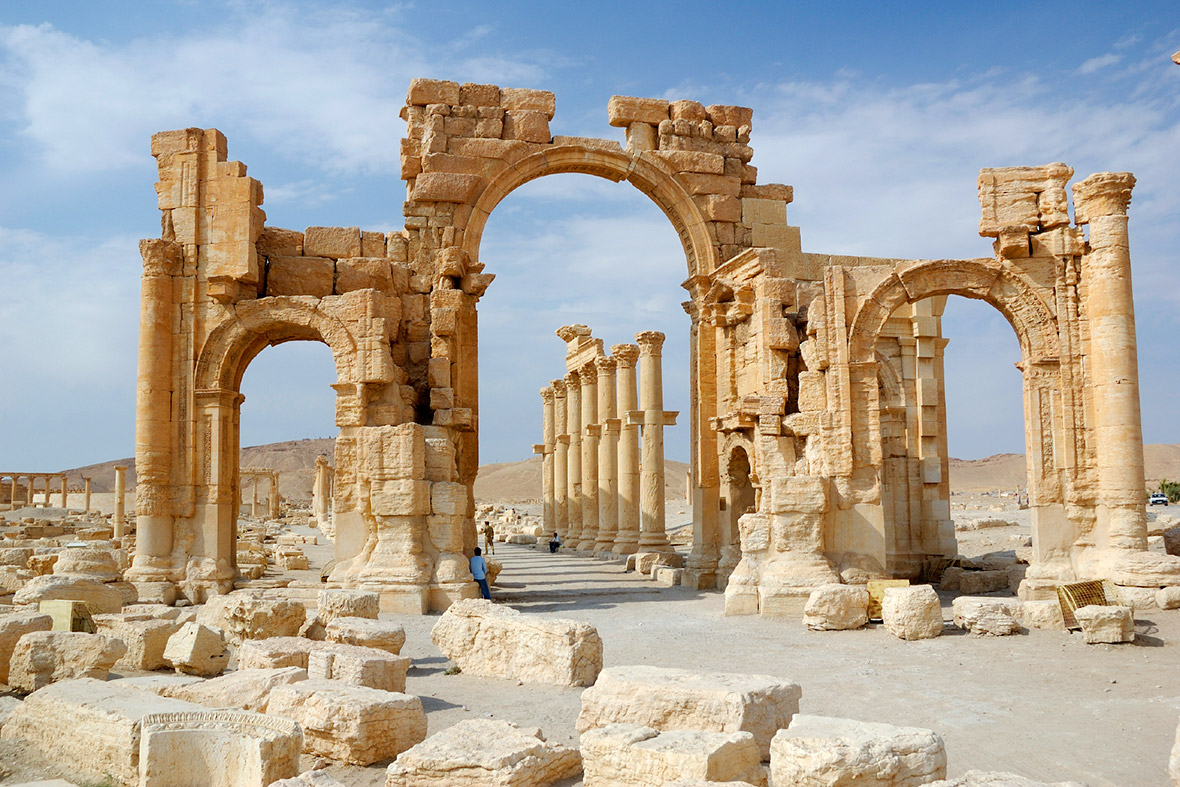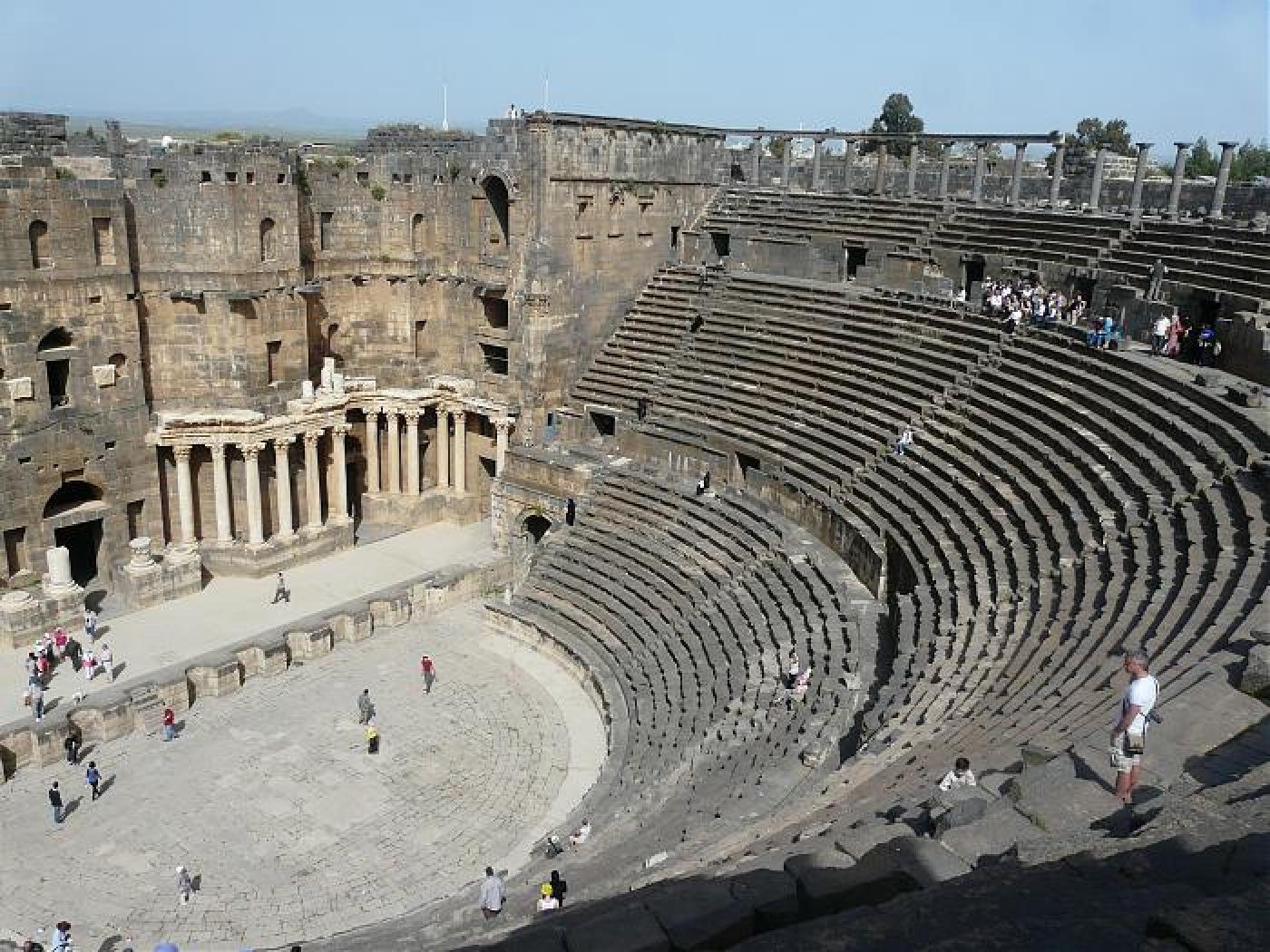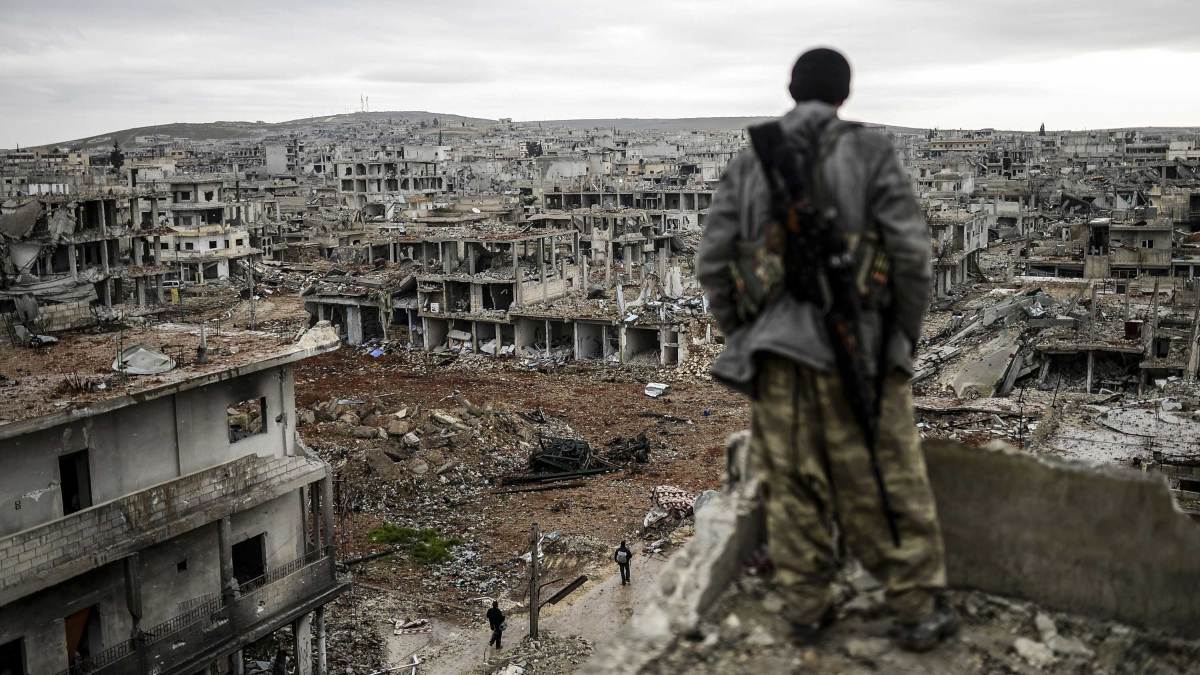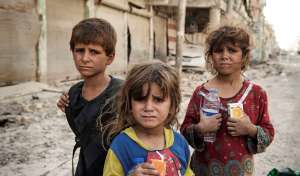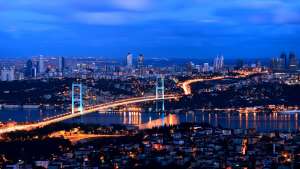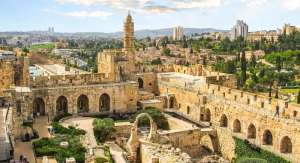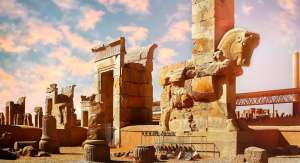Syria is home to one of the oldest civilizations in the world, with a rich artistic and cultural heritage. From its ancient roots to its recent political instability and the Syrian Civil War, the country has a complex and, at times, tumultuous history.
Ancient Syria
Archaeologists believe the original civilization in Syria was one of the most ancient on earth. Seeing as it’s part of the Fertile Crescent, where some of the first people on earth practiced cattle breeding and agriculture, the land is chock-full of neolithic remains.
Syria is home to one of the oldest cities ever excavated—Ebla, believed to exist around 3,000 BCE, is where people spoke one of the oldest known written languages.
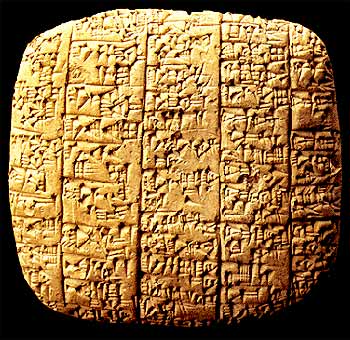
This sought-after land was occupied by all sorts of ancient empires—the Egyptians, Hittites, Sumerians, Mitanni, Assyrians, Babylonians, Canaanites, Phoenicians, Arameans, Amorites, Persians, and eventually, Greeks with the conquest of Alexander the Great (‘Syria’ means ‘formerly Assyria’ in ancient Greek, and it’s assumed this is when the area was given its name). Several hundred years later, Pompey the Great captured the Greek capital of Antioch (now part of Turkey, but what was once Syria), turning it into a Roman province.
Syria has a vastly diverse beginning.
Syria is also important in early Christian Church history—Paul the Apostle converted on the road to Damascus and was a significant figure at the local church in Antioch, where people were first called Christians.
When the Roman Empire declined, Syria became part of the eastern half, better known as the Byzantine Empire, around 395 CE. Several hundred years later, it was conquered by Muslim Arabs, transferring power to the Islamic Empire.
Damascus was its capital and the empire spread far and wide, making the city prosperous—ancient palaces and mosques still stand from the era. It is believed that Christians lived in Syria peacefully during the early years of the empire, and several held governmental posts.
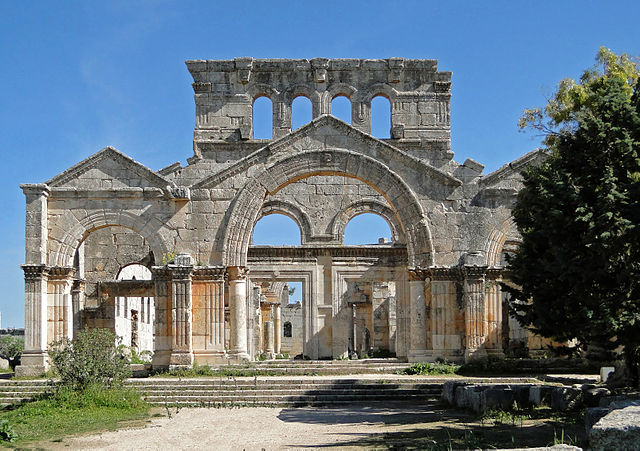
The middle ages
In 750, the Empire’s capital was moved to Baghdad and the Syrian territory weakened, and eventually, the land was in turmoil between the Hamdanids, Byzantines, and Fatimids, all who wanted to rule the area. The Byzantines eventually won out, but things were still chaotic for hundreds of years. Eventually, Syria was conquered by the Seljuk Turks and then the Ayyubid dynasty of Egypt in 1185.
For the next several centuries, Syria was held by Crusader states, Mongols, Egyptians, Mamluks, and in 1400, Timur Lenk (a Turko-Mongol general from Central Asia) captured Damascus, where many of the people were massacred and the Christian population suffered persecution. (Oddly enough, the artisans were spared and deported to Samarkand.)
Got all this so far?
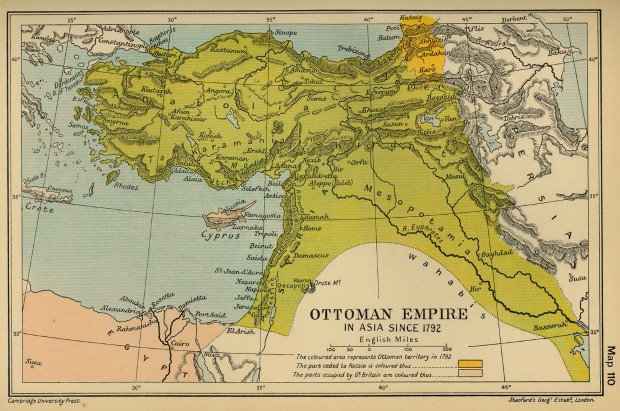
In 1516, Syria was conquered by the Ottoman Empire, and it remained part until its collapse in 1918. There was peace during most of these centuries. Syrian territory constituted modern-day Syria, Lebanon, Israel, Jordan, Palestinian Authority, Gaza Strip, and parts of Turkey and Iraq.
The 20th century
In 1916, the Sykes-Picot Agreement from World War I secretly divided the Ottoman Empire into zones, and in 1918, when Arab and British troops captured Damascus and Aleppo, Syria became a League of Nations mandate and moved under French control in 1920.
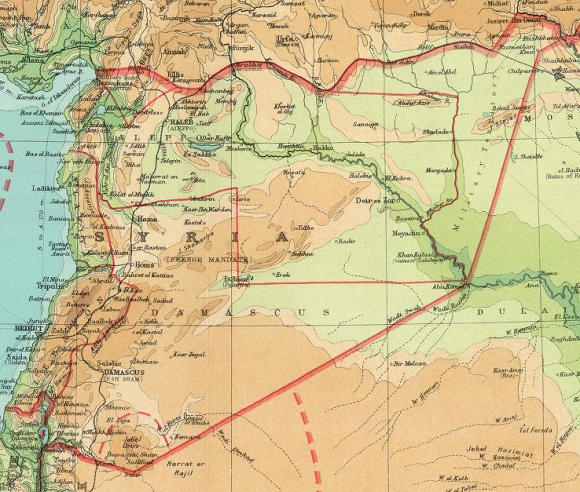
A large number of Syrians weren’t thrilled with the sudden French Mandate, and in 1925 a revolt broke out, spreading into Lebanon, but was suppressed in 1926. In 1928 elections were held for a constituent assembly, which included a Syrian constitution, but France rejected the idea, leading to more protests.
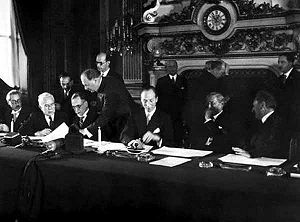 Eventually, in 1936, France and Syria negotiated a treaty of independence, allowing Syria to maintain independence in theory, even though France held military and economic dominance. But the French never ratified the treaty, and when they themselves were captured in 1940 during World War II, Syria was briefly held by Vichy France (axis-controlled) until British occupied the land in 1941.
Eventually, in 1936, France and Syria negotiated a treaty of independence, allowing Syria to maintain independence in theory, even though France held military and economic dominance. But the French never ratified the treaty, and when they themselves were captured in 1940 during World War II, Syria was briefly held by Vichy France (axis-controlled) until British occupied the land in 1941.
Syria was finally recognized as an independent republic in 1944, and the French military eventually left by 1946. It became officially independent on April 17, 1946, but between then and the late 50s, it had 20 different cabinets and four constitutions. Not a very stable government, to say the least.
In 1948 Syria got involved in the Arab-Israeli War out of protest from the establishment of Israel, and once the demilitarized zone under UN supervision was established, future Syrian-Israel negotiations became volatile (and remain heavily so since). Many Syrian Jews left the country.
There were three (three!) military coup d’etats in 1949, leading to a fourth coup in 1954 (the first one is considered the first military overthrow in the post-World War II Arab world).

For most of the 20th century, Syria’s power remained in its military and not so much in its parliament. Because of the Suez Crisis in 1956, Syria signed a pact with the Soviet Union, allowing a Communist foothold in the government in exchange for military equipment. This angered neighboring Turkey, but brought Syria closer to Egypt because of their socialist leanings at the time.
Egypt and Syria decided to merge and become the United Arab Republic, but the idea lasted only a few years because of Egypt’s dominance. Syria broke ties and became the Syrian Arab Republic, and most of the 60s were characterized by frequent coups, military revolts, bloody riots, and civil disorders. There were also tons of issues involving the demilitarized zone in Israel and their occupation of Golan Heights, and they leaned closer and closer toward a socialist regime with Soviet blocs as their allies.
Eventually, the Minister of Defense, a guy named Hafez al-Assad, seized power in a bloodless coup in 1970, and thus began a new era for 30 years.

Bashar al-Assad
When Hafez al-Assad died in 2000, his son Bashar became president at age 34.
After Bashar took power, the constitution was amended to reduce the minimum age of the president from 40 to 34.
A medical student, Bashar wasn’t the first choice for successor. His older brother, Bassel, was the next in line to take his father’s place, but he was killed in an automobile accident in 1994.
At the start of his presidency, Bashar al-Assad released 600 political prisoners, and Syrians were hopeful that their new leader would grant more freedoms and impose less oppression than his father.
However, within a year, Bashar used threats and arrests to stop pro-reform activism.
Syria and the ‘Axis of Evil’
In 2002, the United States accused Syria of acquiring weapons of mass destruction and listed the nation as a member of the so-called “axis of evil” countries. The Syrian government was also accused of being involved in the assassination of Rafic Hariri, the Lebanese prime minister, in 2005.
After a few years of what seemed like potential diplomacy between Assad and other nations, the United States renewed sanctions against Syria in 2010, saying that the regime supported terrorist groups.
Many human rights groups reported that Assad regularly tortured, imprisoned and killed political adversaries throughout his presidency. Revolts in Egypt and Tunisia, which became known as the “Arab Spring,” broke out in early 2011.
In March of 2011, a group of teens and children were arrested and tortured for writing anti-government graffiti that was thought to be inspired by the Arab Spring rebellion.
Peaceful protests broke out in Syria after the graffiti incident and became widespread. Assad and the Syrian government responded by arresting and killing hundreds of protestors and their family members.
These events combined with other circumstances, including a lagging economy, a severe drought, a lack of general freedoms and a tense religious atmosphere, led to civilian resistance and, ultimately, an uprising.
Syrian Civil War
By July 2011, rebels had formed the Free Syrian Army (FSA), and pockets of insurrection broke out. But by 2012, Syria was engulfed in a full-blown civil war.
Estimates vary, but according to the Syrian Observatory for Human Rights, at least 321,000 people have been killed since the start of the war or are missing.
Hundreds of people were killed outside of Damascus in 2013 during a chemical weapons attack. The United States said the assault was carried out by the Syrian government, but the regime blamed rebel forces.
What started as a war between the Assad government and Syrian rebels became more complicated as the battle progressed. New forces, including the Islamic State (ISIS), joined the fight against the Syrian regime.
In 2014, ISIS took over large areas of Iraq and Syria. Since that time, U.S.-led forces have strategically bombed ISIS targets throughout the region.
The United States has stated their opposition to the Assad regime but has been reluctant to get deeply involved in the war. Russia and Iran have declared themselves allies of the Syrian government.
In 2015, Russia launched airstrikes on rebel targets in Syria for the first time. Syria’s government forces took control of Aleppo in late 2016, ending more than four years of rebel rule in the city.
On April 7, 2017, the United States initiated its first direct military action against Assad’s forces after accusing them of carrying out another chemical weapons attack on civilians.
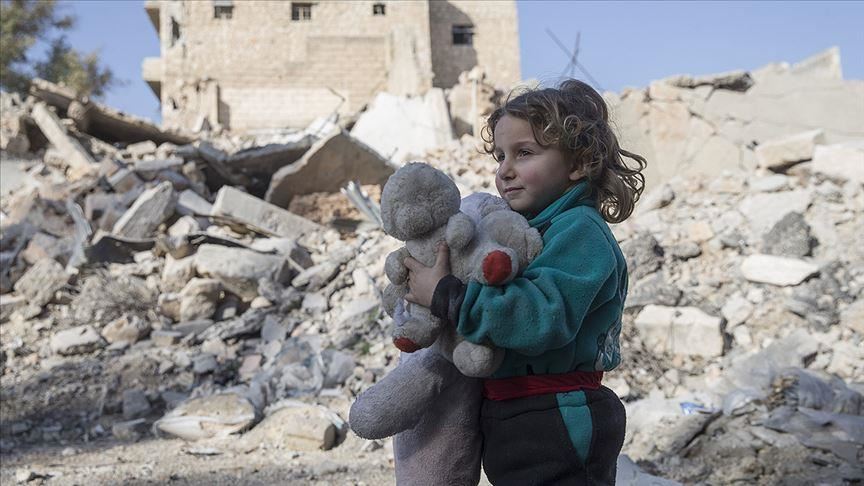
Syrian Refugees
The Syrian civil war has caused an international humanitarian crisis for the country’s civilians.
According to the nonprofit organization World Vision, more than 11 million Syrians—roughly half of the country’s population—have been displaced from their homes as of April 2017.
Many refugees have moved to neighboring countries such as Turkey, Lebanon, Jordan, Egypt or Iraq. Others have relocated to areas within Syria itself.
Europe has also been an important asylum for refugees, with Germany taking in the most. According to the Migration Policy Institute, 18,007 Syrian refugees resettled to the United States between October 1, 2011 and December 31, 2016.
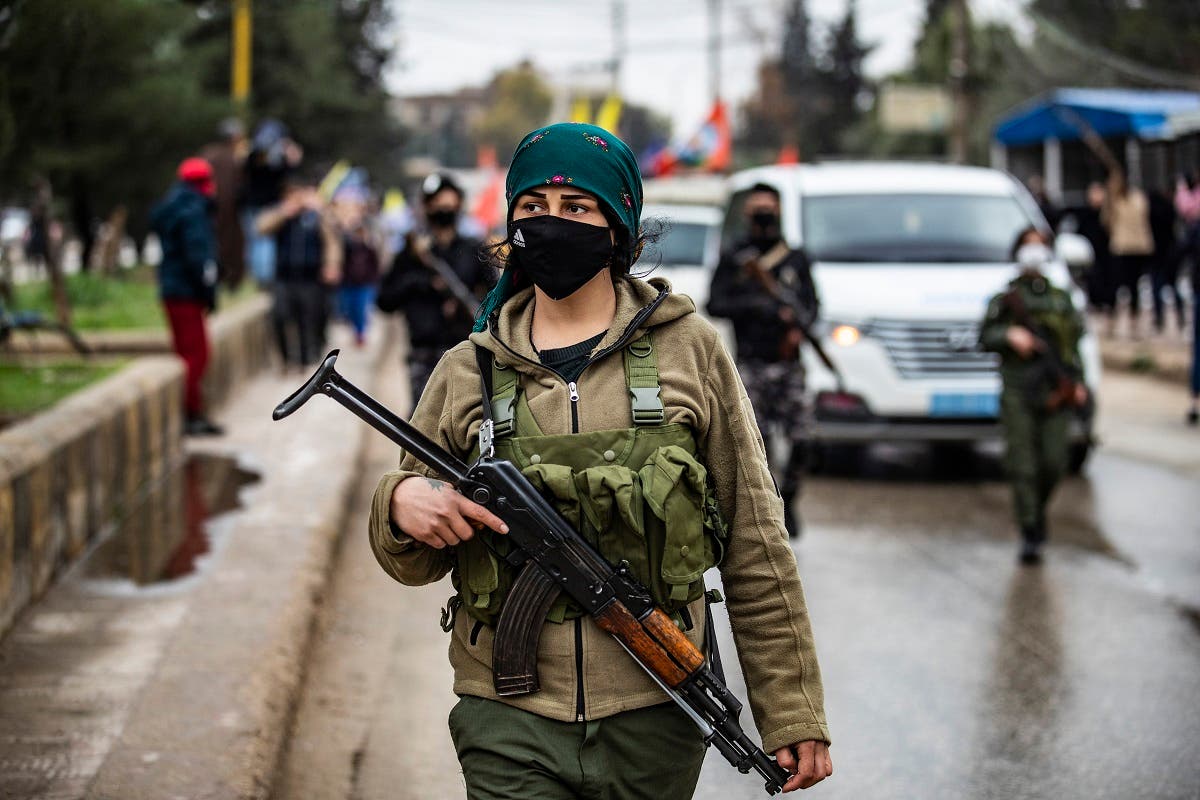
The Current Situation in Syria
Now in its 10th year, the Syrian conflict has led to more than 500,000 deaths and displaced an estimated 13 million—over half of Syria’s pre-war population. Over 6.2 million Syrians are internally displaced, and 5.6 million are refugees, predominantly in Lebanon, Jordan, and Turkey.
The war began after the Syrian regime cracked down against peaceful civilian protestors, quickly evolving into a more complex conflict. Various factions—the Syrian regime, Syrian rebels, the self-styled Islamic State, al-Qaeda-affiliated terrorist organizations, Kurdish-led organizations, and foreign militias including Hezbollah—have engaged in a costly contest for control. Russia, Iran, Turkey, and the United States have also intervened. Most recently, the emergence of COVID-19 poses great risk both for an ISIS resurgence and for conflict-affected refugee and displaced communities, and threatens to exacerbate the country’s existing health, economic, political, and security crises.

